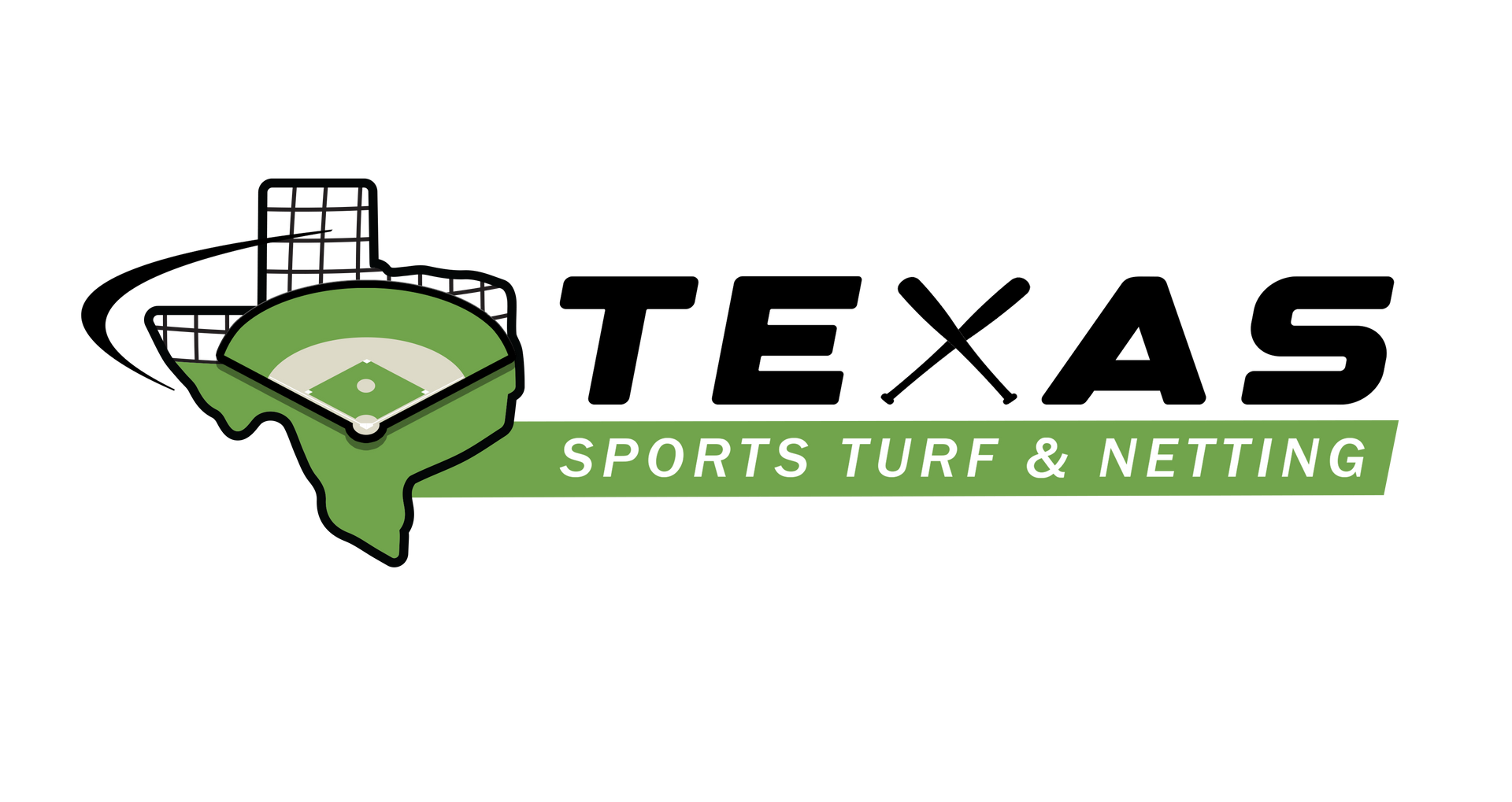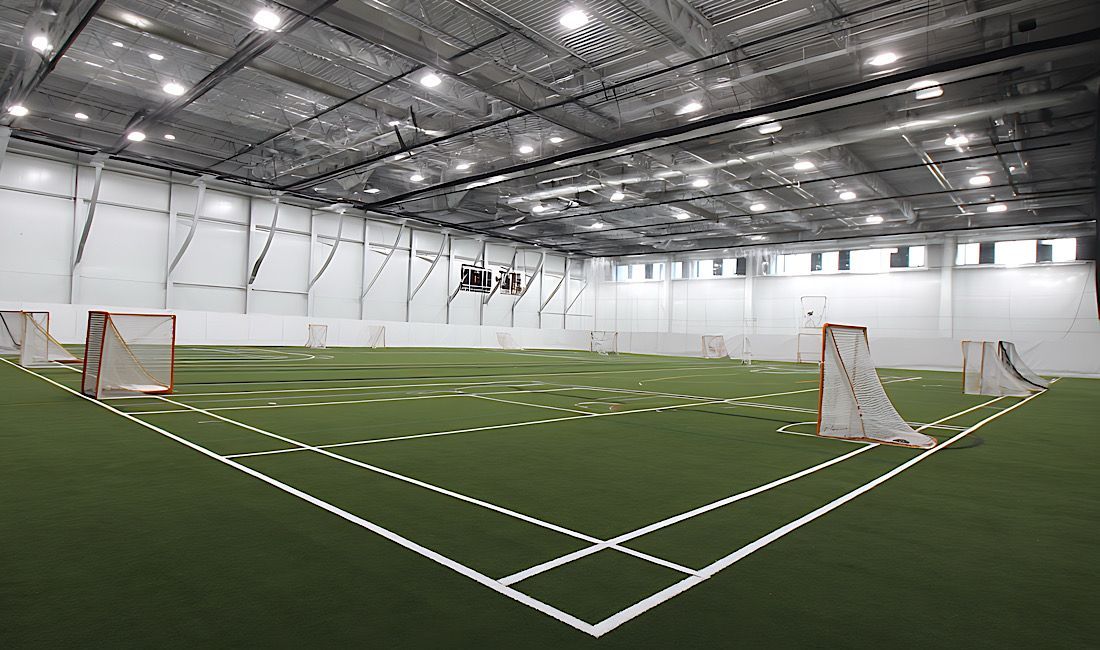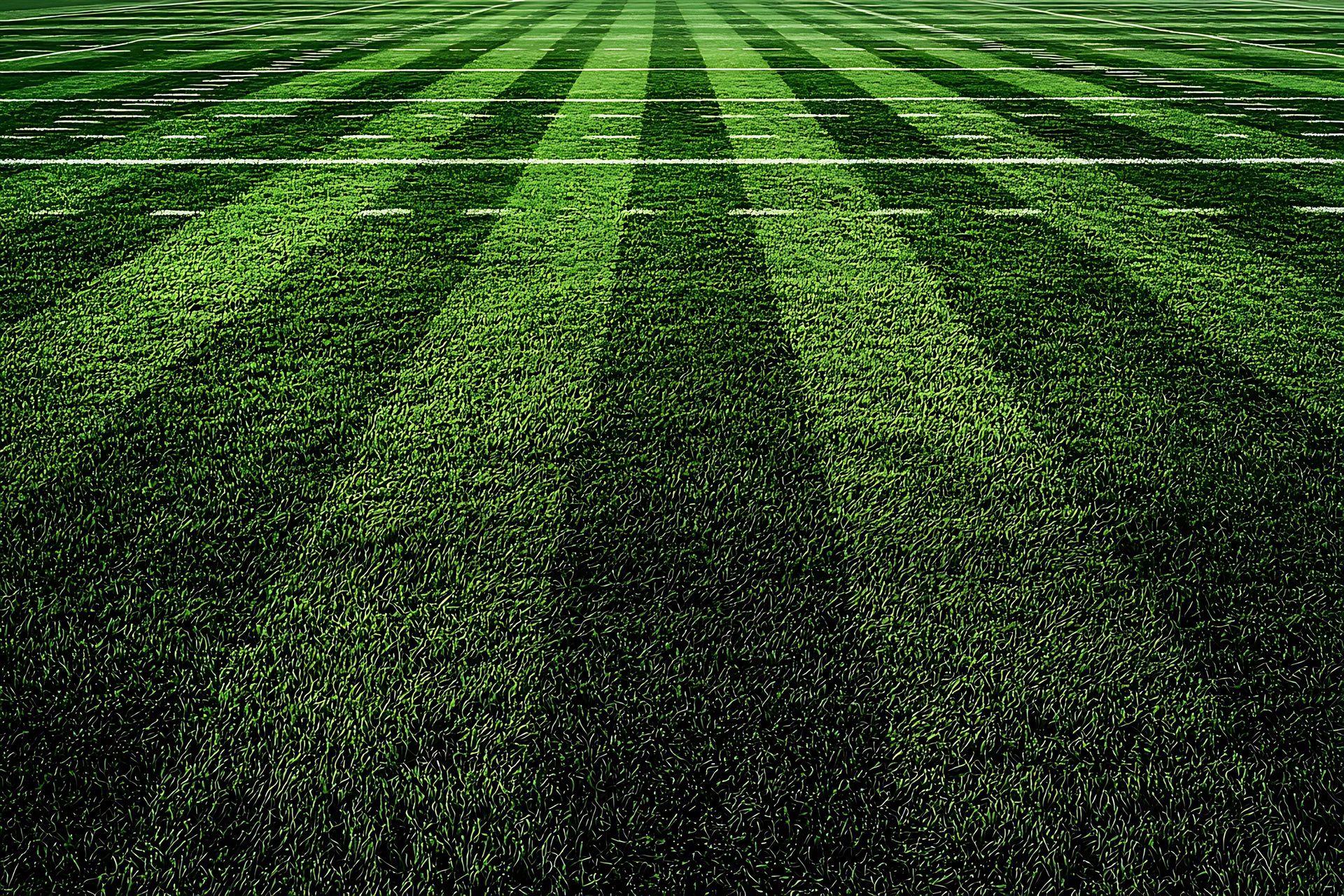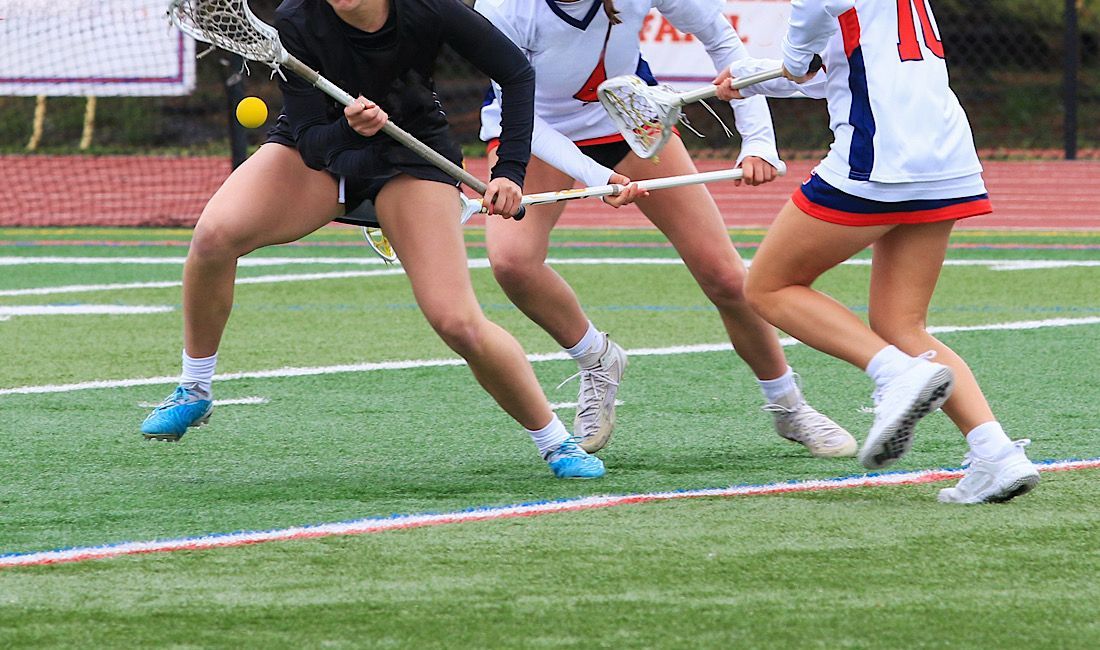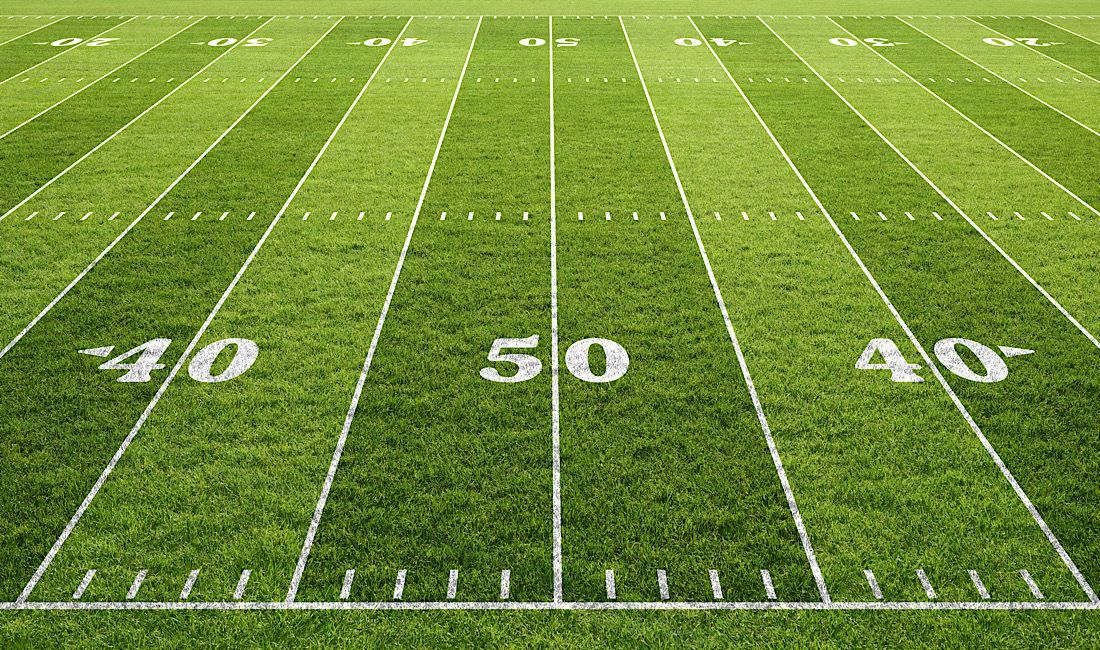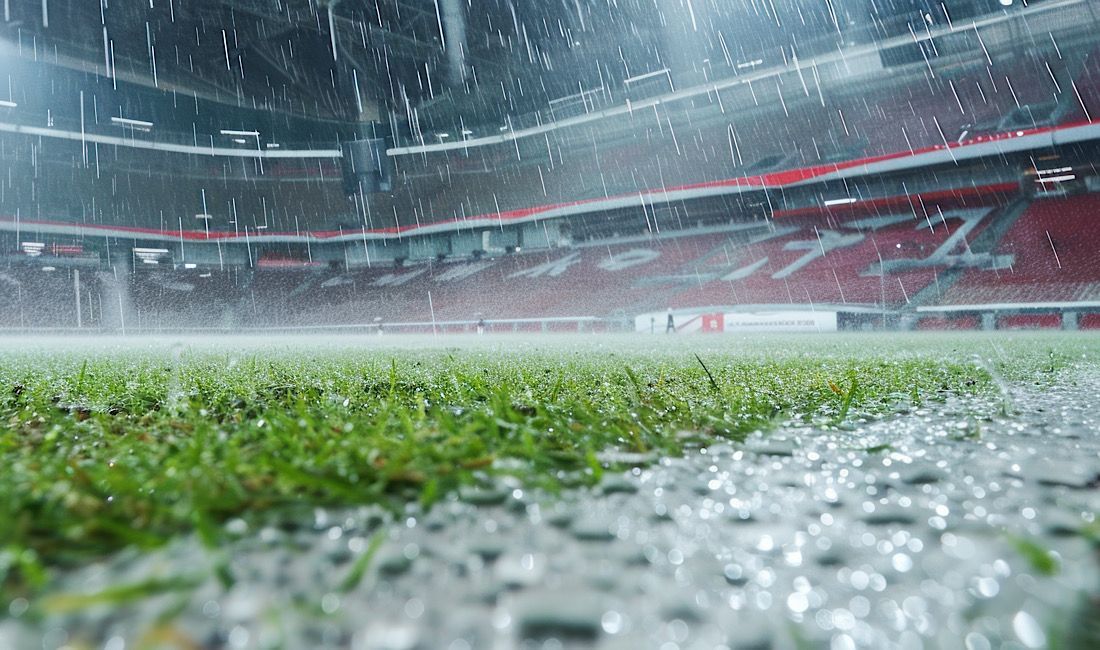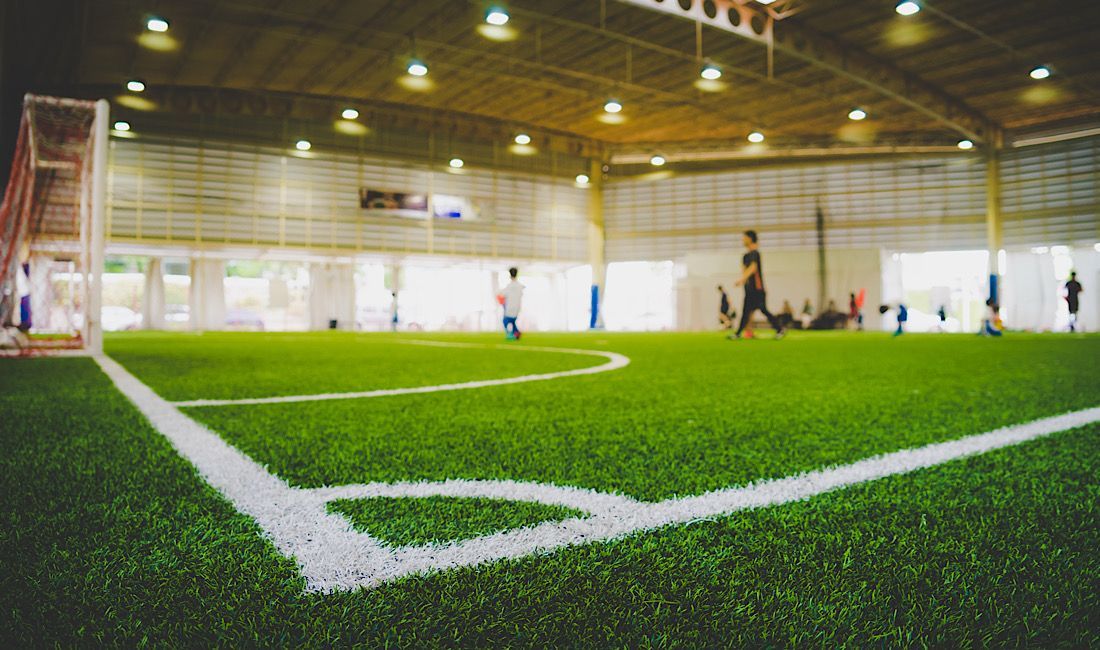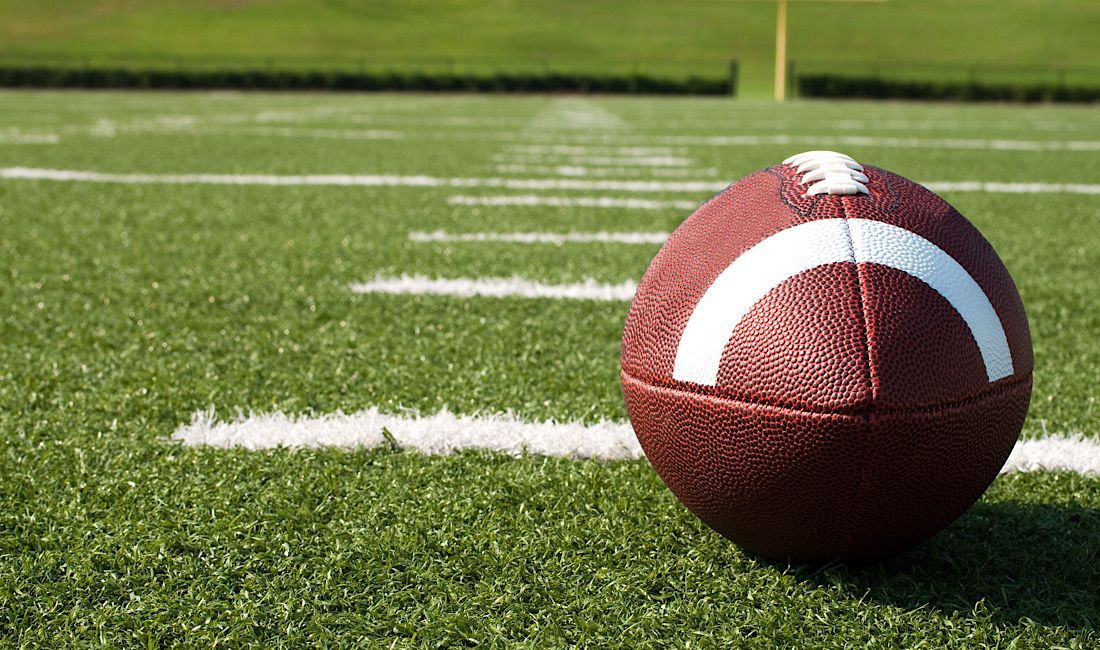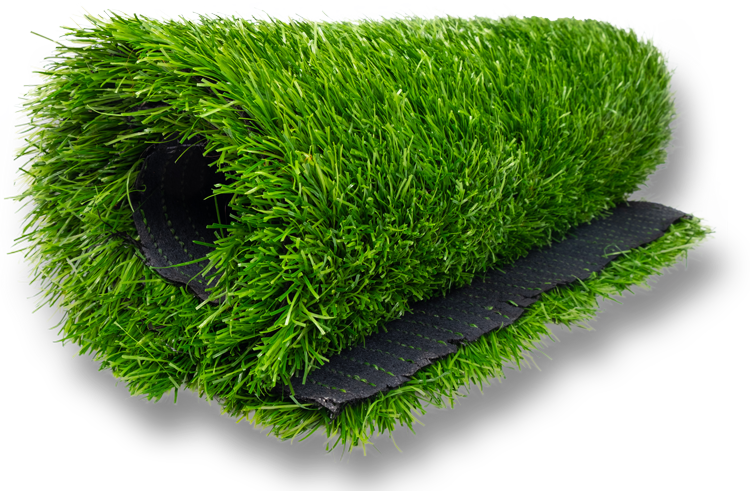How Texas Parks Can Save Water and Budget With Turf
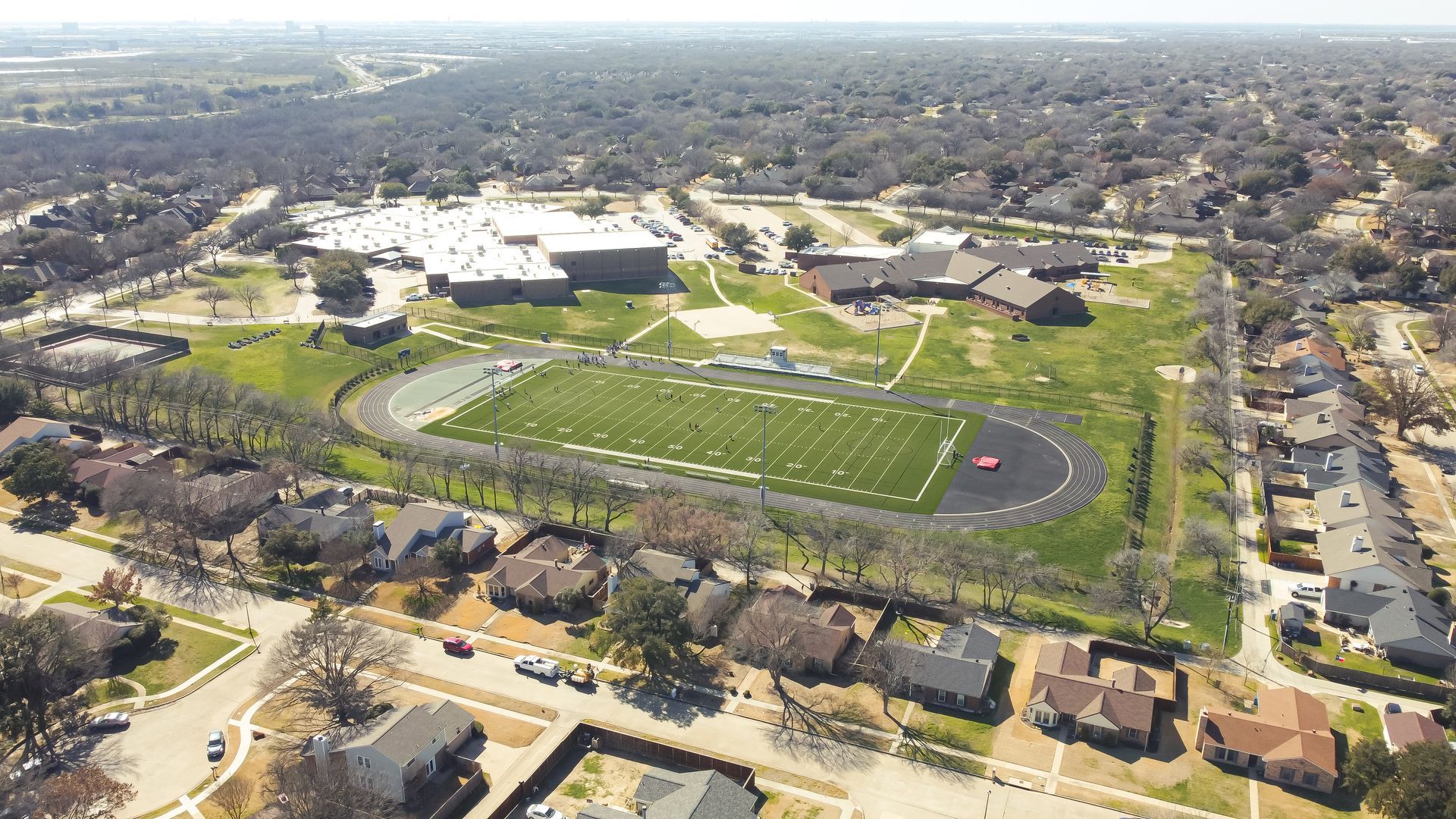
With rising water costs, climate volatility, and increased public demand for year-round access to recreational facilities, many municipalities across Texas are facing a critical challenge: how to maintain green, playable public spaces without exhausting local budgets or natural resources. The solution for a growing number of cities is a strategic shift from traditional grass to synthetic turf.
As Texas experiences persistent drought conditions and water conservation mandates, Parks & Recreation departments are re-evaluating the long-term viability of maintaining large expanses of irrigated natural turf. From soccer fields and multipurpose parks to medians and playground zones, synthetic turf installations are proving to be a financially responsible and environmentally sound alternative.
At Texas Sports Turf & Netting, we work closely with city planners, parks managers, and public works officials to install synthetic turf systems that reduce operational costs, save millions of gallons of water annually, and improve public accessibility without compromising aesthetics or safety. This article explores the cost-saving potential and strategic advantages of synthetic turf for Texas municipalities.
The Water Crisis: A Growing Concern for Texas Park Systems
Texas has faced ongoing drought cycles for decades, and 2024 marked one of the driest years on record for several regions, including West and Central Texas. According to the Texas Water Development Board, outdoor irrigation accounts for 30% to 50% of total municipal water use, with a significant portion allocated to public parks and athletic fields.
Maintaining a single acre of grass can require over 1.5 million gallons of water annually, depending on climate and usage frequency. For a typical municipal park with 5–10 acres of grass fields, this translates into millions of gallons and tens of thousands of dollars in annual irrigation costs.
To comply with increasingly strict water restrictions while meeting community expectations for green space availability, parks departments are turning to synthetic turf to reduce water dependency without sacrificing field functionality or appearance.
Key water-saving benefits of synthetic turf:
- Zero irrigation requirements (except for occasional cleaning)
- No overwatering or runoff
- Immediate compliance with drought regulations
- Long-term conservation impact, especially in water-scarce regions
Budgetary Relief: Lower Operating Costs and Longer Lifecycle Value
Budget constraints remain one of the top concerns for Parks & Recreation departments, particularly in smaller cities and rural communities. While the initial installation of synthetic turf carries a higher upfront cost — typically ranging from $700,000 to $1.2 million for full-size athletic fields — the long-term cost savings are substantial.
Compared to natural grass, synthetic turf eliminates recurring expenses associated with mowing, watering, fertilizing, pest control, and striping. Texas Sports Turf & Netting estimates that cities save between $35,000 to $55,000 annually per field on maintenance alone. When combined with reduced utility expenses and longer field lifespan (8–12 years depending on usage), most municipalities reach a positive return on investment in 6–8 years.
Furthermore, turf fields experience less wear and tear and remain consistently usable — eliminating the need for seasonal field closures, rest periods, or costly resodding.
Increased Public Access and Usability
One of the primary mandates for Texas park systems is to increase community access to recreational space. Natural grass fields often require rest time or closure due to weather conditions, maintenance, or overuse. In contrast, synthetic turf:
- Withstands
continuous use (multiple games per day, seven days a week)
- Remains
playable immediately after rain due to built-in drainage
- Offers
uniform surface conditions for safer play
- Eliminates downtime for field recovery
Cities like Plano, Frisco, and Round Rock have all reported increased public satisfaction and higher facility utilization rates after transitioning key sports and recreation areas to turf. Some municipalities have also generated revenue through rentals for youth tournaments, community events, and regional sports leagues.
According to a 2023 Texas Municipal Parks & Recreation Report, turf fields increased field availability by 45% compared to grass, allowing for more programming without added land acquisition or staffing.
Environmental and Regulatory Compliance
While some concerns have been raised nationally about synthetic materials in public environments, modern synthetic turf systems are engineered to meet or exceed environmental standards for safety and sustainability. Texas Sports Turf & Netting utilizes materials that are:
- Lead-free and heavy metal compliant
- Recyclable or reusable at end-of-life
- Designed with
non-toxic infill options (e.g., cork, sand, or coated rubber)
- Installed over water-efficient base layers
Additionally, turf eliminates the use of chemical fertilizers, herbicides, and pesticides — all of which contribute to local runoff pollution in natural grass systems.
By converting high-use or high-cost grass zones to synthetic turf, municipalities align with local, state, and federal environmental guidelines, including those related to stormwater management, drought response, and chemical reduction.
Strategic Applications Across Texas Park Systems
Synthetic turf isn’t just for athletic fields. Many Texas municipalities are applying turf to:
- Dog parks and pet-friendly areas
- Traffic medians and roadside landscapes
- Playground surfacing for schools and public spaces
- Amphitheater seating zones and festival areas
- Indoor or covered recreation facilities
These installations enhance usability while reducing long-term upkeep demands. In drier regions like Lubbock or Midland, turf is used in decorative and functional zones where grass struggles to grow — adding aesthetic value without water dependency.
The flexibility of synthetic turf allows for site-specific customization, enabling parks departments to address the unique climate and usage patterns of each community.
Partnering for Smart Implementation
Selecting the right turf system and installation partner is critical for long-term success. Texas Sports Turf & Netting provides:
- Municipal budgeting assistance and life-cycle cost analysis
- Site surveys and drainage planning
- Turf system selection with drought-resistant performance ratings
- Professional installation with warranty-backed service
- Post-installation maintenance training
For Parks & Rec Managers focused on sustainability, safety, and cost savings, synthetic turf offers a proven pathway to stronger infrastructure, smarter spending, and enhanced community outcomes.
If your department is exploring alternatives to high-maintenance grass fields, now is the time to consider a turf-based solution that protects your budget and your water supply.
